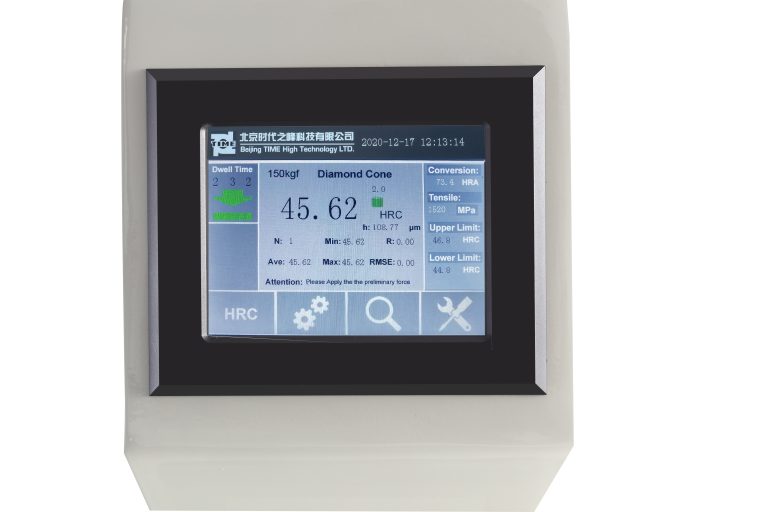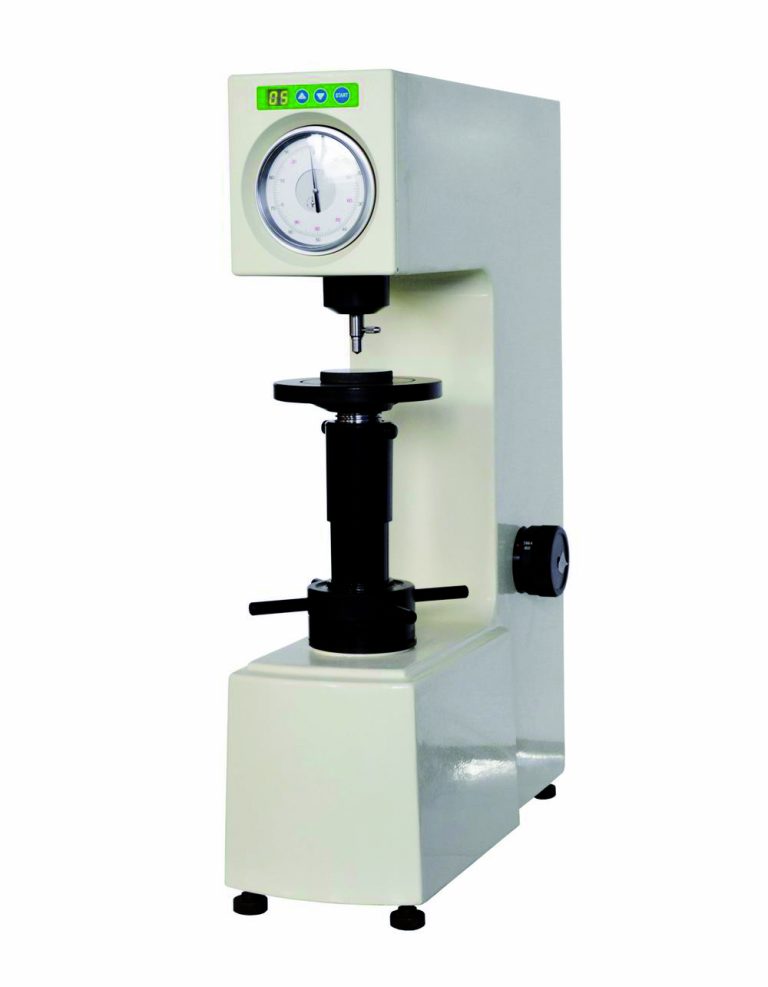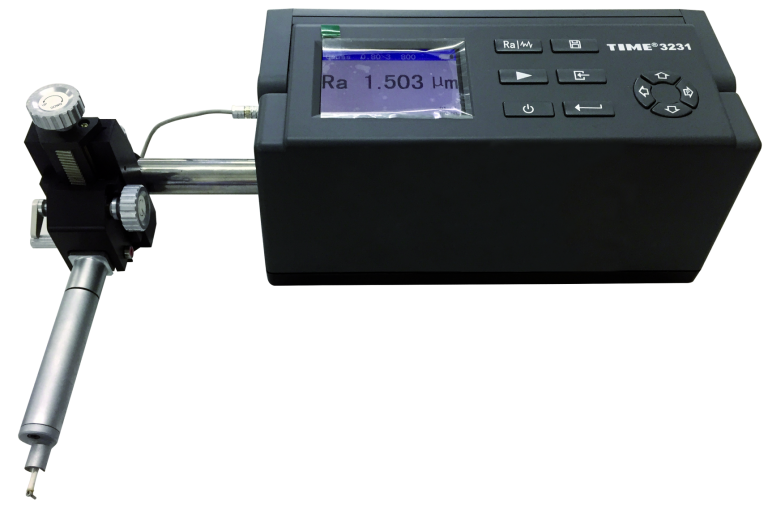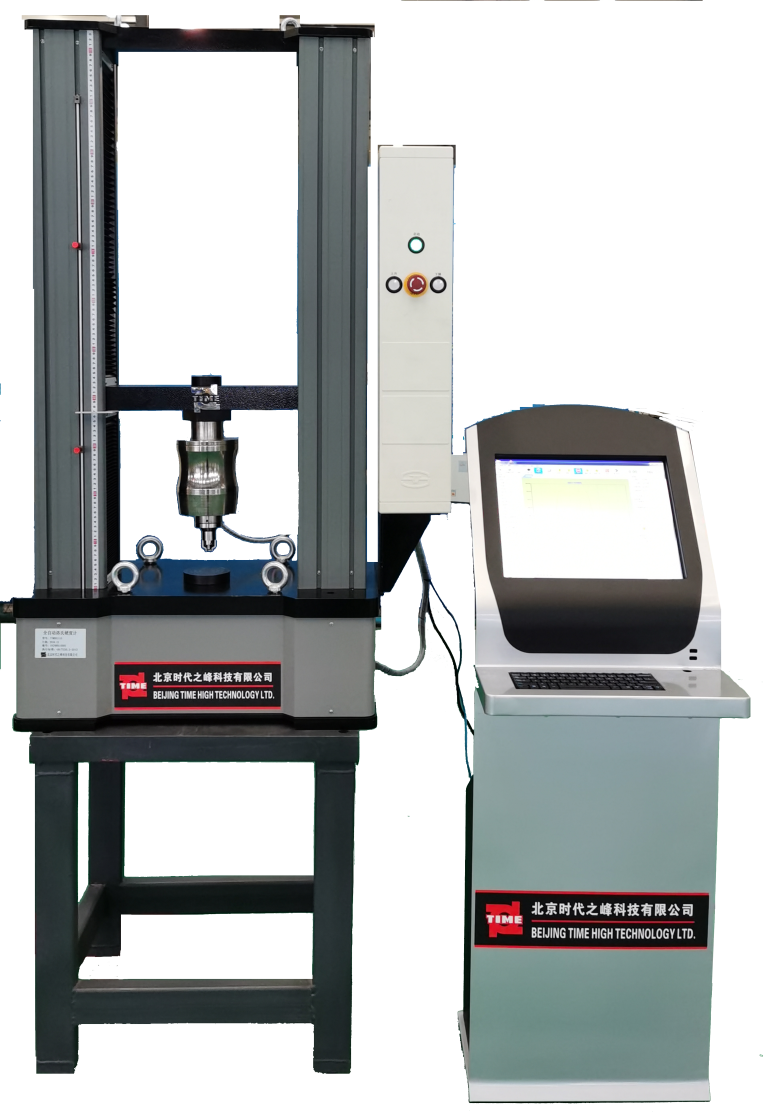In the pressure vessel industry, ensuring the structural integrity and safety of vessels is paramount. One of the most effective tools for assessing the condition of these vessels is the Ultrasonic Thickness Gauge (UTG). This non-destructive testing (NDT) device plays a crucial role in monitoring the thickness of materials, detecting corrosion, and preventing catastrophic failures.

What is an Ultrasonic Thickness Gauge?
An Ultrasonic Thickness Gauge is an electronic device that uses ultrasonic waves to measure the thickness of materials. By sending high-frequency sound waves through the material and measuring the time it takes for the echo to return, the gauge can accurately determine the thickness of the material being tested. This technology is particularly valuable in industries where material degradation due to corrosion or wear can lead to severe safety hazards.
Importance in the Pressure Vessel Industry
1. Corrosion Detection
Pressure vessels are often exposed to harsh environments that can lead to corrosion over time. Regular monitoring of thickness using UTGs allows for early detection of corrosion, enabling timely maintenance or replacement of affected areas. This proactive approach not only enhances safety but also extends the lifespan of the vessels.
2. Compliance with Regulations
The pressure vessel industry is heavily regulated, with strict standards governing the safety and integrity of vessels. Using an Ultrasonic Thickness Gauge helps companies comply with these regulations by providing accurate and reliable measurements that can be documented and reported to regulatory bodies.
3. Cost-Effectiveness
Conducting regular thickness measurements with UTGs can be more cost-effective than other methods of inspection. Since UTGs are portable and easy to use, they allow for quick assessments of multiple locations on a vessel without the need for extensive setup or downtime. This efficiency translates to lower operational costs and minimized disruption to production processes.
4. Versatility
Ultrasonic Thickness Gauges can be used on a variety of materials, including metals, plastics, and composites. This versatility makes them suitable for a wide range of applications within the pressure vessel industry, from petrochemical storage tanks to steam boilers.
How Ultrasonic Thickness Gauges Work
The operation of an Ultrasonic Thickness Gauge is based on the principle of sound wave propagation. The device emits a pulse of ultrasonic sound, which travels through the material being tested. When the sound wave encounters a boundary between two different media, such as the inner wall of a pressure vessel and the air outside, it reflects back to the gauge. The time it takes for the echo to return is measured, and the thickness of the material is calculated based on the speed of sound in that material.
Best Practices for Using Ultrasonic Thickness Gauges
1. Calibration: Regularly calibrate the UTG to ensure accurate measurements. Follow the manufacturer’s guidelines for calibration procedures.
2. Surface Preparation: Ensure that the surface of the material is clean and free from coatings, rust, or debris that could affect the accuracy of the readings.
3. Temperature Considerations: Be aware of the temperature of the material being tested, as it can affect the speed of sound and, consequently, the thickness readings.
4. Training: Proper training for personnel using the UTG is essential. Operators should understand how to interpret the results and recognize when further investigation is necessary.
The application of Ultrasonic Thickness Gauges in the pressure vessel industry is invaluable for maintaining safety, compliance, and operational efficiency. By enabling early detection of corrosion and material degradation, UTGs play a critical role in preventing failures and extending the life of pressure vessels. As technology advances, the capabilities of Ultrasonic Thickness Gauges will continue to improve, further enhancing their effectiveness in safeguarding industrial operations.







